VoltarWhat are NFTs and why are they so successful?

Even if you don’t yet know what NFTs are, the digital collections market is already moving millions of dollars and is getting the attention of the general public.
NFTs, the acronym by which they are most commonly known online, are the latest big thing on the internet. Non-Fungible Tokens are derived from the cryptocurrency universe, and while they are not exactly new, they have made a big comeback recently with a portion of the art market investing in this new transaction model.
Unlike cryptocurrencies, where all tokens are created equally, non-fungible tokens are unique and have a limited quantity.
NFTs are one of the main components of a new digital economy, based on blockchain technology. Several projects implement NFTs for various use cases, such as gaming, fine arts, digital identity, licensing, and certificates.
As issuing NFTs is becoming easier and easier, new types of assets are being created every day. Continue reading to find out what NFTs are, what they can be used for, and why they have been so successful.
What is a non fungible token (NFT)?
NFT tokens or non-fungible tokens are a solution created to represent objects with unique, indivisible, and unrepeatable qualities within a blockchain. A non-fungible token is a type of cryptographic token on a blockchain that represents a unique asset. They can be fully digital assets or tokenized versions of real-world assets. Since NFTs are not interchangeable with each other, they can function as proof of authenticity and ownership in the digital world.
Fungibility is the attribute belonging to movable assets that can be replaced by others of the same kind. It means that the individual units of an asset are interchangeable and essentially indistinguishable from each other. For example, fiat currencies are fungible, since each unit is interchangeable with any other equivalent unit. For example, a 5 Euro note is interchangeable with any other genuine 5 Euro note. This is a fundamental property for an asset that is intended to act as a medium of exchange.
Fungibility is a desirable property for money, since it allows free exchange. However, this is not a beneficial characteristic for collectible items. What if, instead, it was possible to create digital assets identical to Bitcoin, but add a unique identifier for each unit? That would make each one different from all other units, i.e. non-fungible. In short, that is the definition of an NFT.
How do NFTs work?
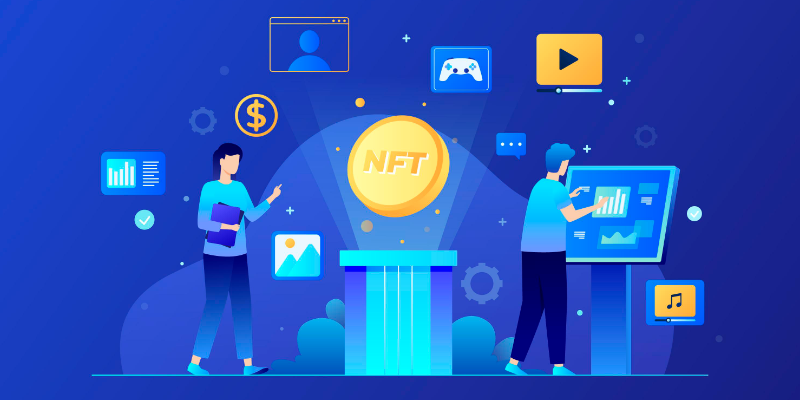
NFT is usually developed with the same type of programming as cryptocurrency, such as Bitcoin or Ethereum, but that’s where the similarity ends.
It’s not possible to talk about non-fungible tokens without mentioning blockchain, the technology used to enable transactions. This system is capable of computing thousands of transactions through different scattered machines, where each user is responsible for distributing the record, avoiding fraud and decentralizing control.
The decentralized nature of blockchain provides a large margin of security, which allows the information stored on the chain to be quite secure, which has promoted the emergence of a market around NFTs.
Non-fungible tokens can be transferred between applications with a certain ease, provided the owner authorizes it. The items can be found on open marketplaces that connect buyers and sellers and, like cryptocurrencies, can undergo large price changes based on the interest the public has in them.
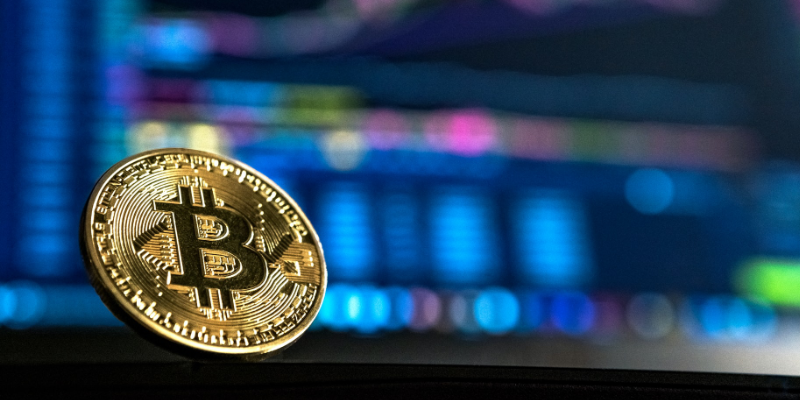
How can they be used?
NFTs can be used to sell any unique item. For example, some people sell artwork, but it can also be a channel for selling GIFs, music, code, games, exclusive artist content, illustrations, and photos.
NFTs are revolutionizing influencer marketing by allowing followers to buy a product sourced directly from their influencer. Creators get more autonomy to monetize their creations, and fans get access to exclusive content that can have great value.
Learn about some projects that used non-fungible tokens:

CryptoKitties
CryptoKitties is a game built on Ethereum that allows players to collect, breed, and trade virtual cats. Each CryptoKitty can have a combination of several characteristics, such as age, breed, or color. Each one is unique and cannot be traded. CryptoKitties is an interesting example of a blockchain use case that is not a currency, but something used for recreation and leisure. These virtual cats have moved millions of dollars and some of the units have sold for hundreds of thousands of dollars.
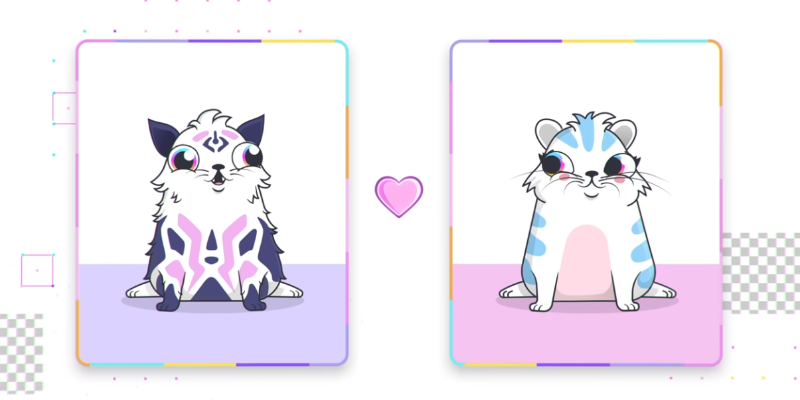
My Crypto Heroes
My Crypto Heroes is a multiplayer role-playing game where players can evolve their heroes through battles and missions. Heroes and in-game items are issued as tokens on the Ethereum blockchain.
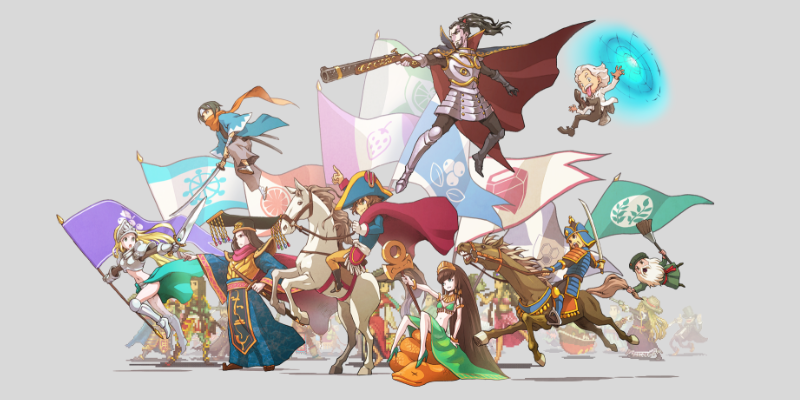
Decentraland
Decentraland is a decentralized virtual reality world where players can acquire and trade virtual land pieces and other NFT items within the game.

Gods Unchained
Gods Unchained is a collectible card game in which cards are issued as NFTs on the blockchain. Since each digital card is unique, players can trade them as if they were real cards.
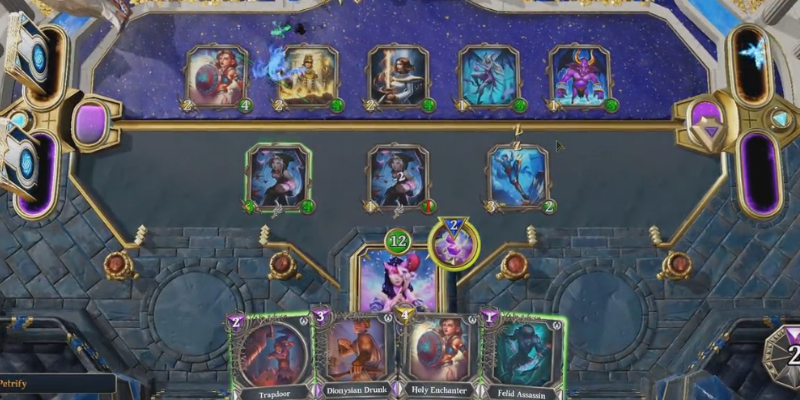
Digital collectibles direct blockchain technology into entirely new directions, leaving traditional financial applications somewhat to one side. By representing physical assets in the digital, NFTs are a vital part, not only of the blockchain ecosystem, but of the economy in general. There are already many use cases and this market will still present several exciting innovations for this promising technology.
